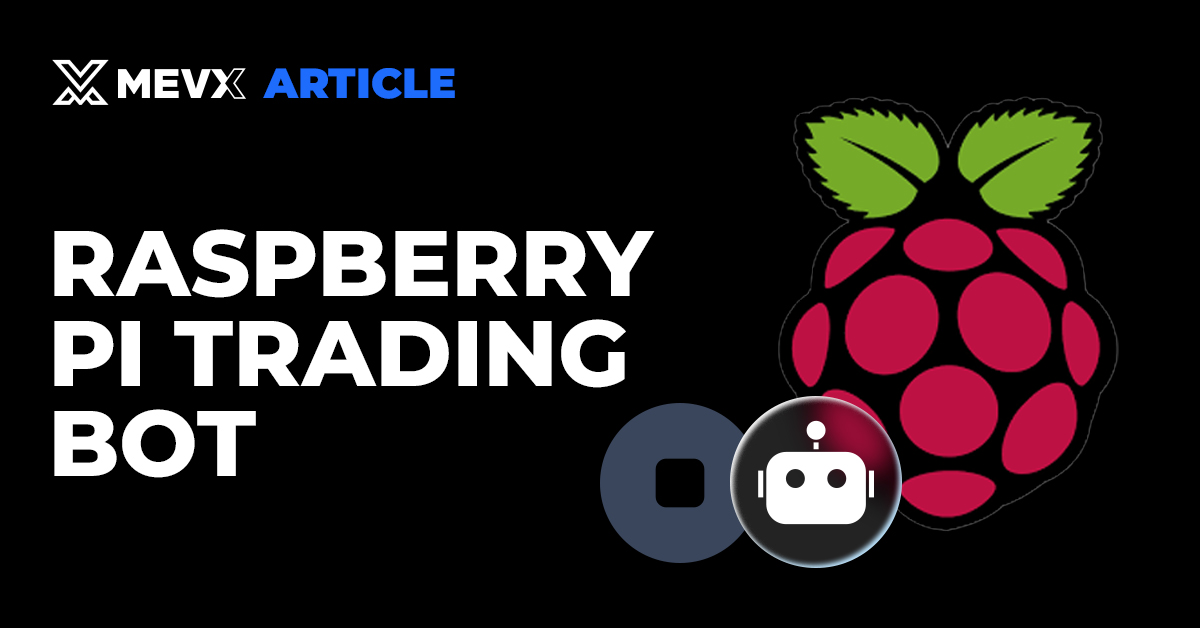Raspberry Pi Trading Bot is an innovative solution for automated trading, offering users a seamless, cost-effective way to optimize trades. With a compact design and 24/7 operation, it provides beginners and experienced investors efficient access to financial and cryptocurrency markets.

What is a Raspberry Pi Trading Bot?
A Raspberry Pi Trading Bot is automated trading software that operates on a compact, energy-efficient Raspberry Pi device. This mini-computer delivers impressive performance for processing market data and executing trades.
Running nonstop, the system uses strategies like simple moving averages to analyze signals and place orders efficiently. It’s easy to set up, manage locally or remotely, and helps cut costs compared to traditional cloud-hosted bots.
Benefits of Using
Low cost: Choosing a Raspberry Pi for your trading setup means a single upfront investment, eliminating ongoing cloud server fees and reducing long-term automation costs significantly.
Automation 24/7: The system runs continuously without interruption, allowing you to take advantage of trading opportunities around the clock, no matter the market session.
Customizability and scalability: Users have the flexibility to fine-tune strategies, add advanced risk controls, and track market data in real-time to enhance trading effectiveness.
Remote management: Easily monitor and control your trading setup from anywhere using a web browser, making it convenient to review performance or update settings as needed.
Fundamental Steps to Build a Raspberry Pi Trading Bot
- Prepare hardware: Install and configure your Raspberry Pi device, set up Raspberry Pi OS, and ensure stable network connectivity.
- Setup programming environment: Python is highly recommended due to its lightweight nature and flexibility, making it ideal for developing automated trading algorithms.
- Develop trading strategy: For instance, your Raspberry Pi trading bot could implement a crossover strategy using SMA 50 and SMA 200 to determine buy or sell signals.
- Program the bot: Create modules for market data acquisition, signal analysis, and automatic order execution — all operating independently and continuously.
- Deploy and run the bot: Configure Raspberry Pi trading bot to start automatically on system boot, ensuring constant and stable operation without manual intervention.
- Monitor and optimize: Regularly track trading performance, record activities, and adjust the underlying algorithm to minimize risk and increase profit potential.
Important Considerations When Using
- Ensure a stable internet connection: Maintaining uninterrupted and reliable connectivity is critical to process trading signals and execute orders promptly, preventing missed opportunities or trade errors.
- Regular software updates: Keeping your system and applications current helps address security vulnerabilities, enhances operational performance, and may add useful features over time.
- Risk management: Implementing strategies like stop loss, take profit, and responsible position sizing helps minimize the risk of significant financial losses while trading.
- Thorough backtesting: Conduct comprehensive tests on your automated solution before trading with real funds to verify its profitability and evaluate how well the chosen strategies work in various market conditions using your Raspberry Pi trading bot.
The Role of Raspberry Pi Trading Bot in 2025’s Investment Trends
The year 2025 highlights the rapid growth of automation in finance, with trading bots powered by artificial intelligence and sophisticated algorithms becoming increasingly popular. As open-source tools and support from a global developer community continue to expand, creating and operating automated solutions on platforms like Raspberry Pi is now more accessible and efficient than ever before.
Embracing this technology encourages innovation and broadens access to algorithmic trading across a wide range of markets, including forex, stocks, and cryptocurrencies. Whether you’re interested in streamlining simple trading activities or testing complex strategies, this approach provides a flexible, cost-effective foundation suited for personalizing and scaling your investment tactics.
Setting Up Your Raspberry Pi Trading Bot for Success
When setting up your automated trading system on Raspberry Pi, be sure to choose compatible external hardware such as SSDs for enhanced storage speed, uninterruptible power supplies to maintain uptime, and robust solutions for secure remote access. Also, leverage Python libraries like ccxt or Alpaca to simplify connections with popular broker APIs. Following these best practices will improve your platform’s overall stability, security, and trading performance.
In addition, prioritize cybersecurity measures: update default credentials, restrict open network ports, and activate appropriate firewalls for your device. Keeping your system secure safeguards against unwanted threats or interruptions. It’s also crucial to maintain thorough logs of every transaction, performance metric, and relevant market data so you can continuously evaluate and optimize your automated trading strategies as market conditions evolve.
Raspberry Pi Trading Bot offers a cost-effective, customizable, and powerful approach to automated trading. By leveraging the compact power and flexibility of Raspberry Pi, you can automate your strategies, react quickly to market fluctuations, and optimize your trading outcomes.
Share on Social Media:
